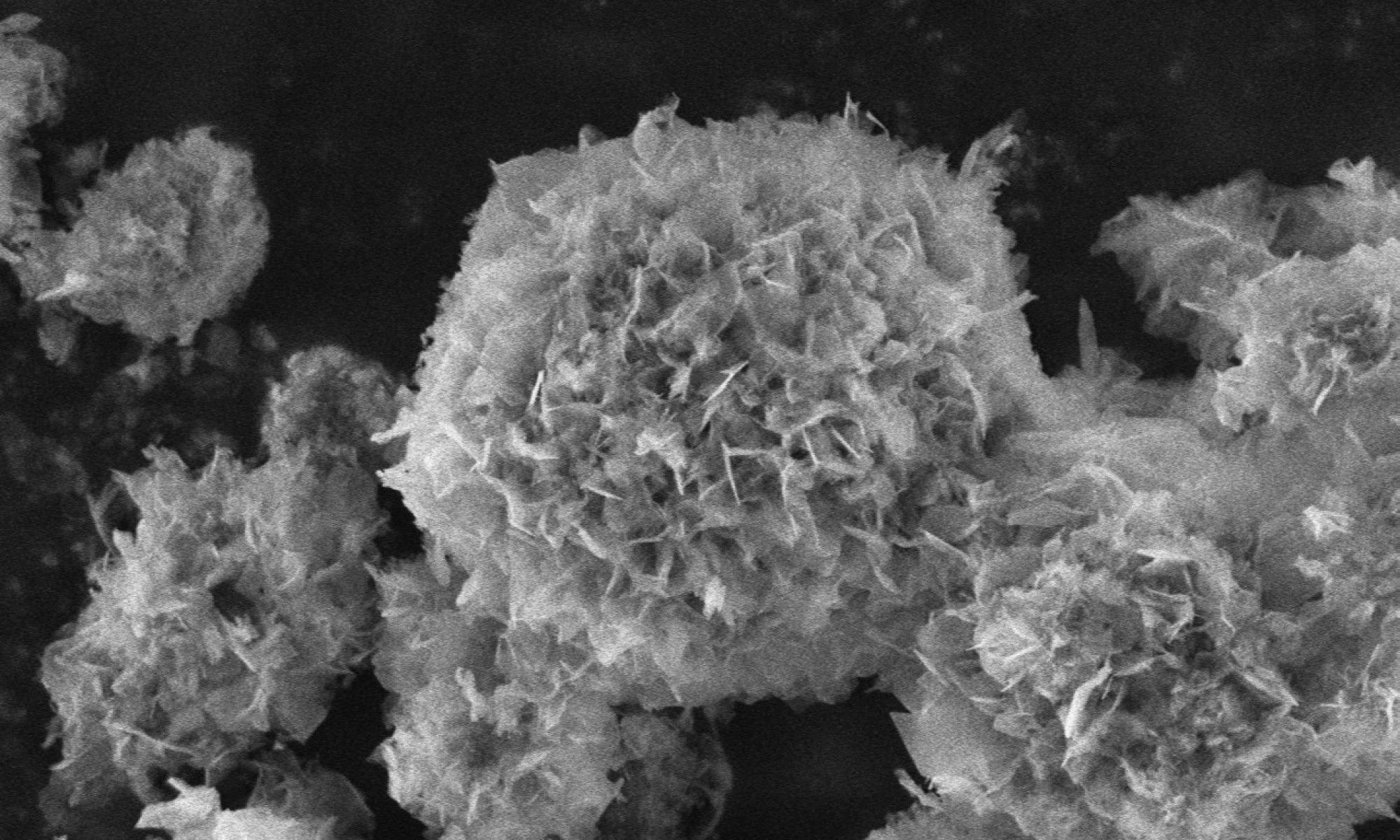Jelena Macan, Maja Dutour Sikirić, Marco Deluca, Raul Bermejo, Carmen Baudin, Milivoj Plodinec, Krešimir Salamon, Miran Čeh and Andreja Gajović have published a paper titled ” Mechanical properties of zirconia ceramics biomimetically coated with calcium deficient hydroxyapatite” in
Journal of the Mechanical Behavior of Biomedical Materials, Volume 111, 2020, 104006, ISSN 1751-6161, https://doi.org/10.1016/j.jmbbm.2020.104006.
Abstract: Mechanical properties and stability of porous tetragonal yttria-stabilised zirconia (Y-TZ) ceramics, biomimetically coated with calcium deficient hydroxyapatite (CaDHA) to obtain a bioactive material, were investigated. The 5.7 mol% yttria-stabilised tetragonal zirconia was obtained by sol-gel process and sintered at different temperatures to obtain a homogeneous and porous structure whose strength would match that of human bone. Sufficient strength was achieved by sintering at 1400 °C. The CaDHA coating was obtained at room temperature by a simplified preparation method consisting of immersion of the Y-TZ ceramics into a calcifying solution, after a short surface pretreatment in HCl. Although HAP or β-TCP are more frequently used, CaDHA was chosen due to its structural similarity to the bone mineral and ability to support bone ingrowth to a greater extent than biphasic calcium phosphates. To verify the applicability CaDHA coatings, we tested their adherence to Y-TZ ceramics for the first time to the best of our knowledge. Vickers hardness (3.8 ± 0.2 GPa) reflected the hardness of underlying ceramic. The tensile strength (269 ± 52 MPa) and Weibull modulus (5) of the obtained biomaterials matched or exceeded those of bone. There was no statistical difference in the tensile strength between the coated (269 ± 52 MPa) and the uncoated (239 ± 46 MPa) ceramics. The Y-TZ-CaDHA coating system presented adequate structural integrity under scratch test with critical load for coating cracking of 18 ± 2 N. These results indicate the potential of the prepared bioceramic to be used as bone implants.
Keywords: Yttria stabilised zirconia; Sol-gel process; Calcium phosphates; Metastable calcifying solution; Mechanical properties
